December 4th, 2014 — 5:19am
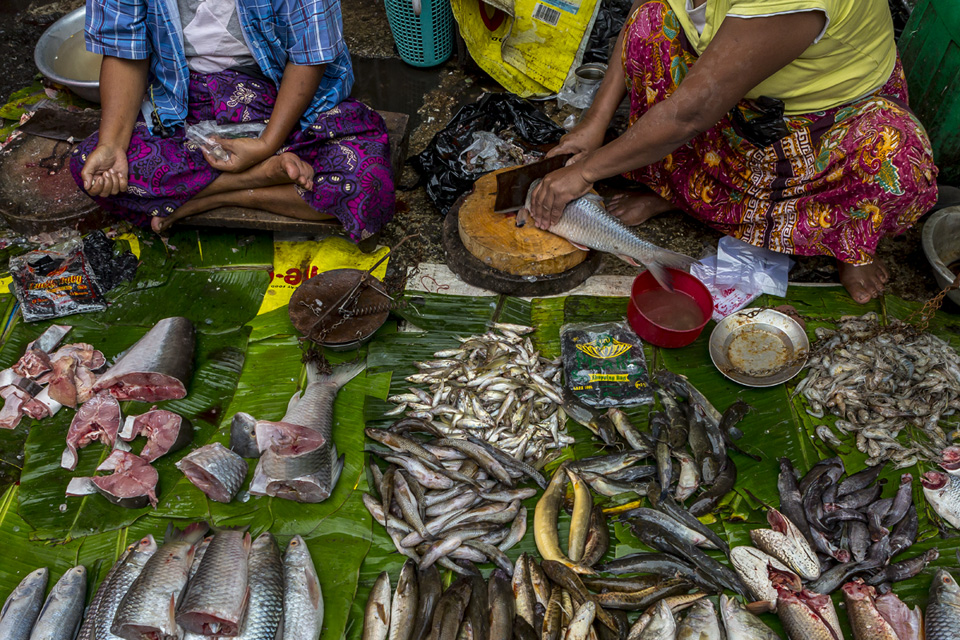
One of my favourite places to photograph daily life is Yangon.
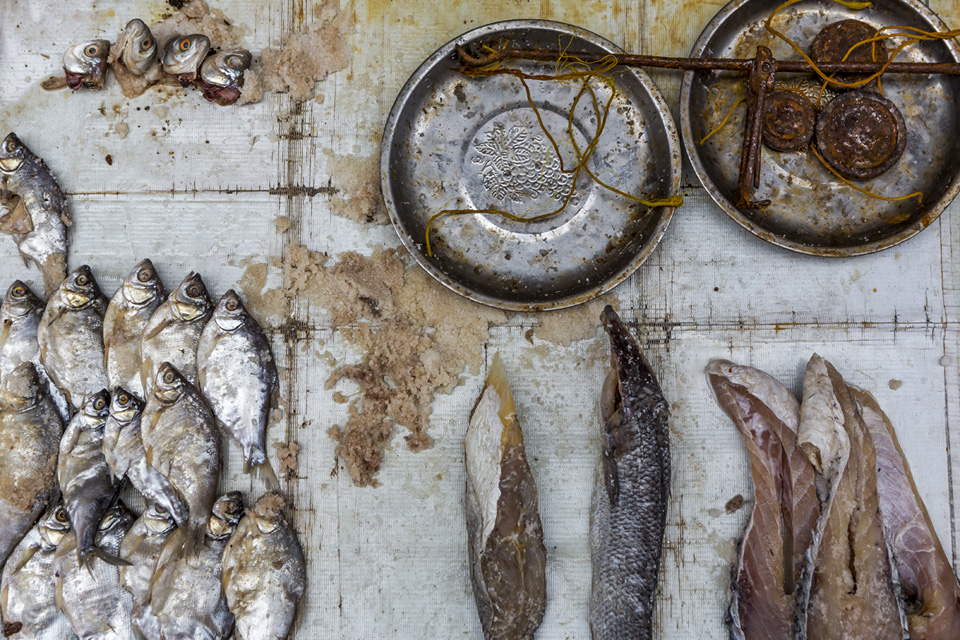
The city has some excellent street markets.
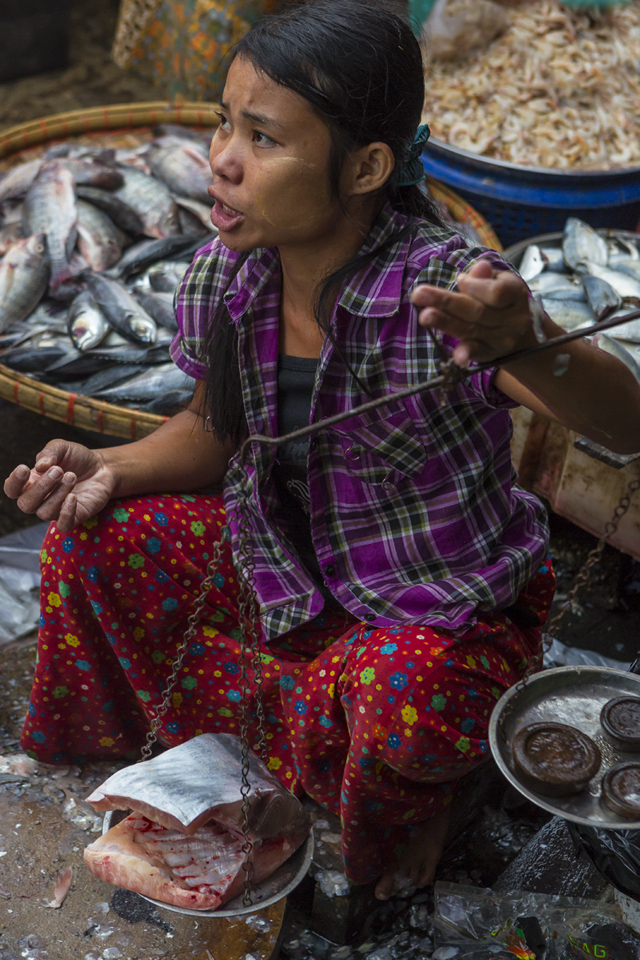
As you would expect for a coastal city and one close to the delta’s many rivers, there’s no shortage of fish in the markets.

Each day a fresh catch of sea and freshwater fish hit the markets and is quickly snapped up by Yangon’s home cooks.
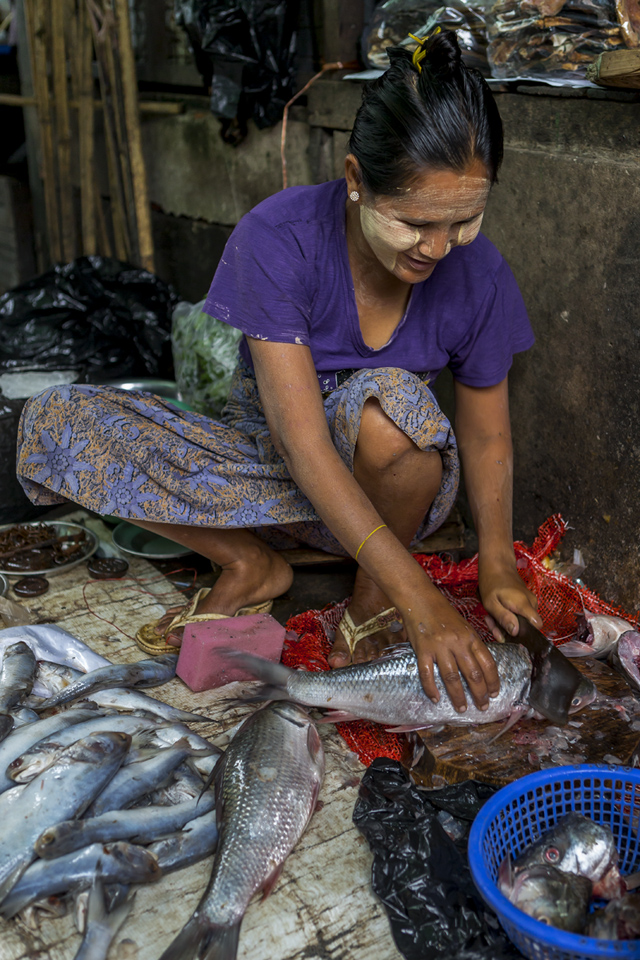
Nothing goes to waste. Heads and bones are sold for making curries and stock.
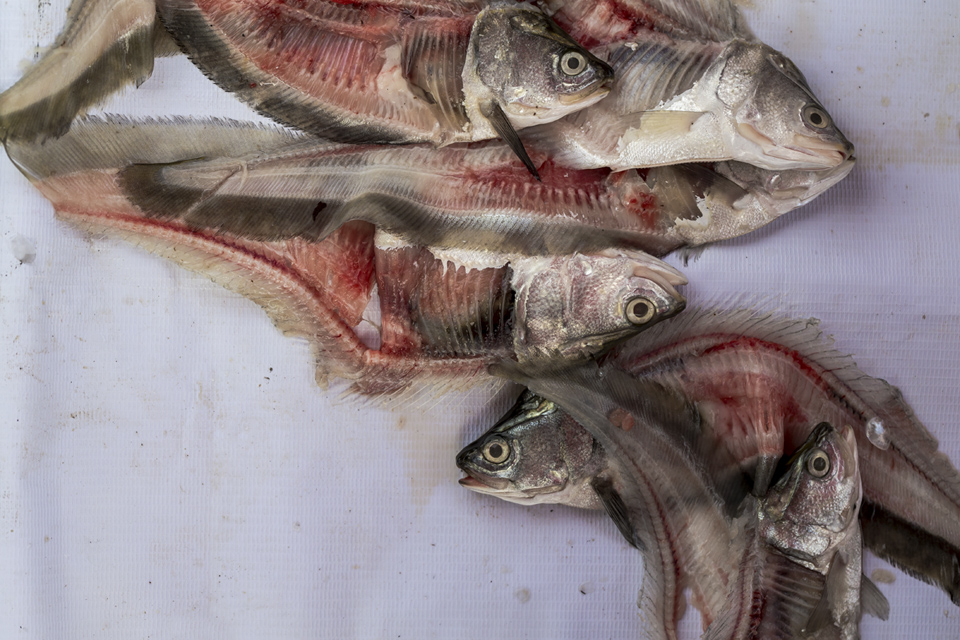
You can see more of my market shots from Myanmar and elsewhere in the region at www.stockfood.co.uk Follow @mickshippen and @stockfood_UK
Comment » | food, places
December 4th, 2014 — 4:53am
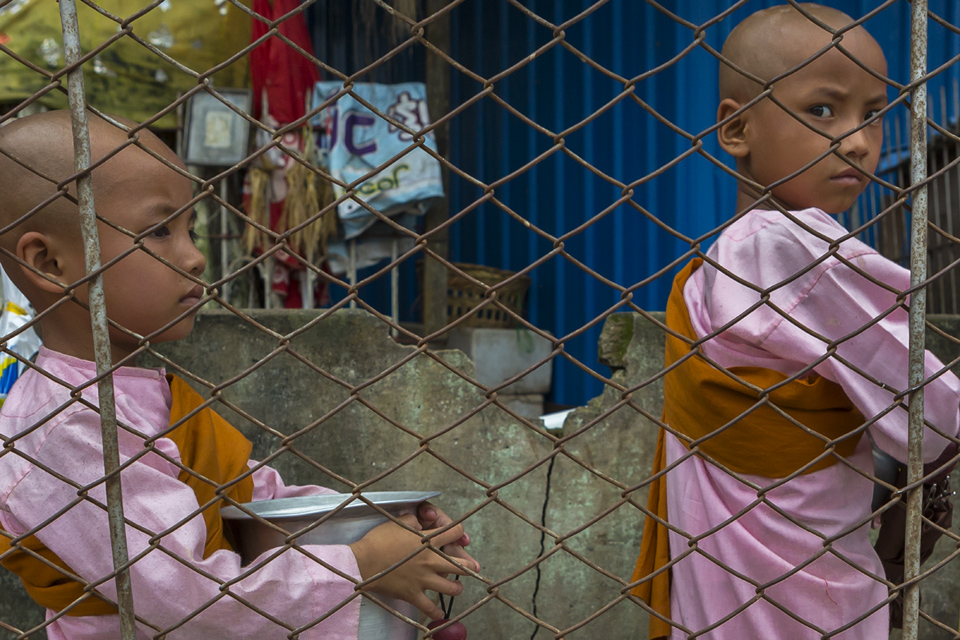
Two young novice nuns collecting alms in downtown Yangon.
Comment » | people, places
April 7th, 2014 — 8:24am
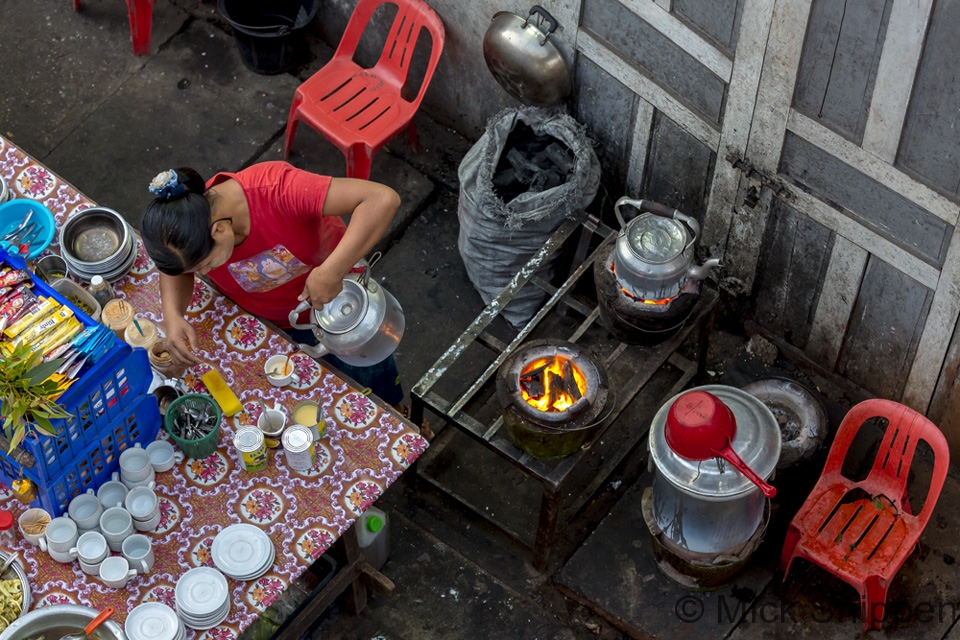
My working day in front of the computer is usually punctuated by cups of freshly ground coffee and the occasional brew of Earl Grey tea.

In Myanmar, it is tea that fuels the nation; that and betel nut of course. Tea stalls and tea shops abound, and no meal or snack is complete without a cup of tea.

It is particularly popular in the late afternoon and early evening when the tables are set out in the streets and people gather for tea and a chat after work.
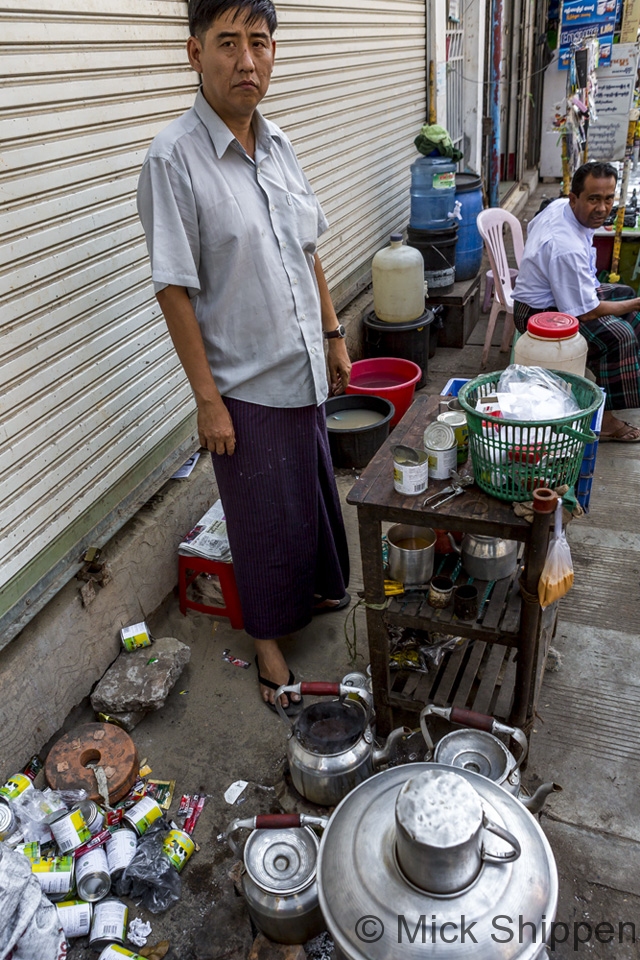
It is usually served black or milky with a liberal splash of tinned milk.
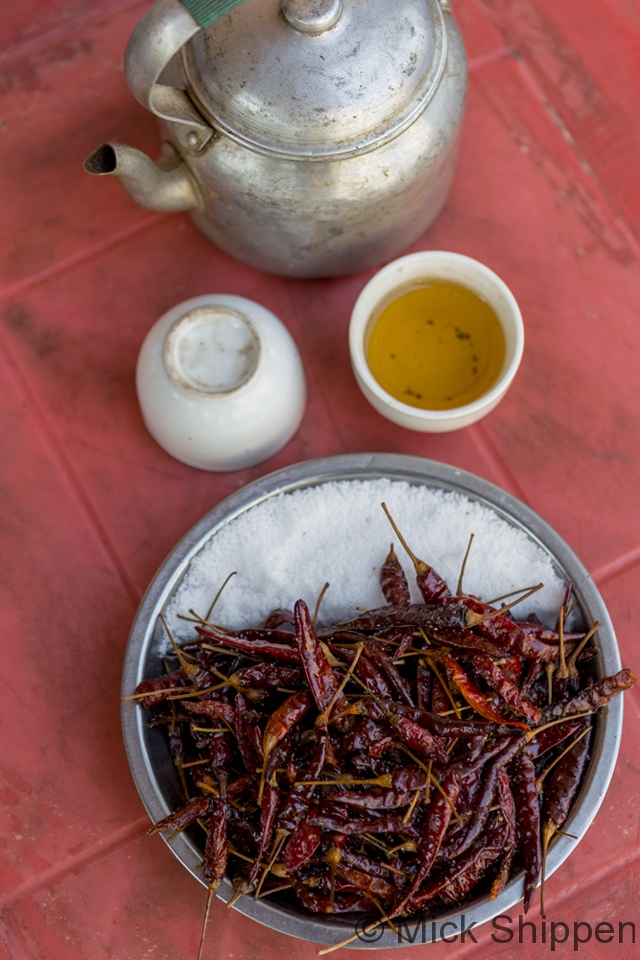
Snack foods such as samosas are often served and there’s always a plate of fresh or dried chillies to spice things up a bit.

More often that not, the large tea kettles are brought to the boil on charcoal stoves.
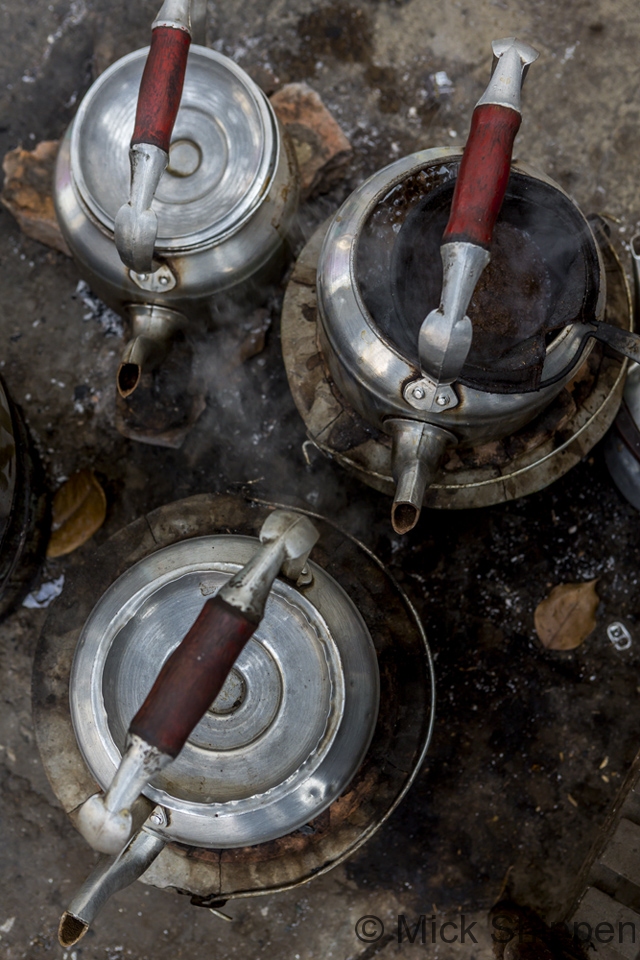
Comment » | food, places, uncategorised
January 11th, 2014 — 4:05am
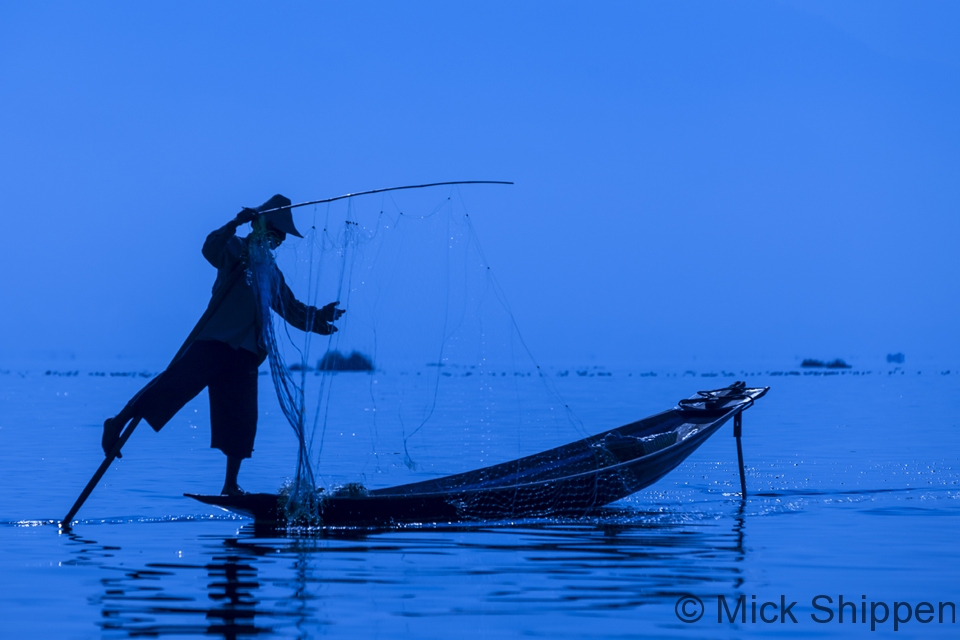
I’m pleased to be able to tell you that I have been shortlisted for the Wanderlust Travel Photo of the Year competition. Organised by Wanderlust travel magazine, it is the UK’s biggest and best travel photo competition.
The finalists, whittled down from more than 8,000 entries, will be on display in a gallery exhibition at the Destinations Holiday & Travel Show at Manchester Event City from January 23rd – 26th and in London at Earls Court from February 6th – 9th. The winner of each of the four categories, Wildlife, Landscape, Travel Icons and People, will be announced on February 7th. If you happen to be in the UK at the time, pop along and see the show.
I was selected in the Travel Icons portfolio category with a set of five images from Inle Lake in Myanmar, one of which is shown above.
Competition will be stiff, so keep your fingers crossed.
1 comment » | places, Travel
August 14th, 2013 — 12:10pm
I’ve been sifting through a load of raw files that seem to have been overlooked. It’s easily done. There are periods when one trip seems to roll into another and I with memory cards full of images but with time to edit only for the most pressing projects.
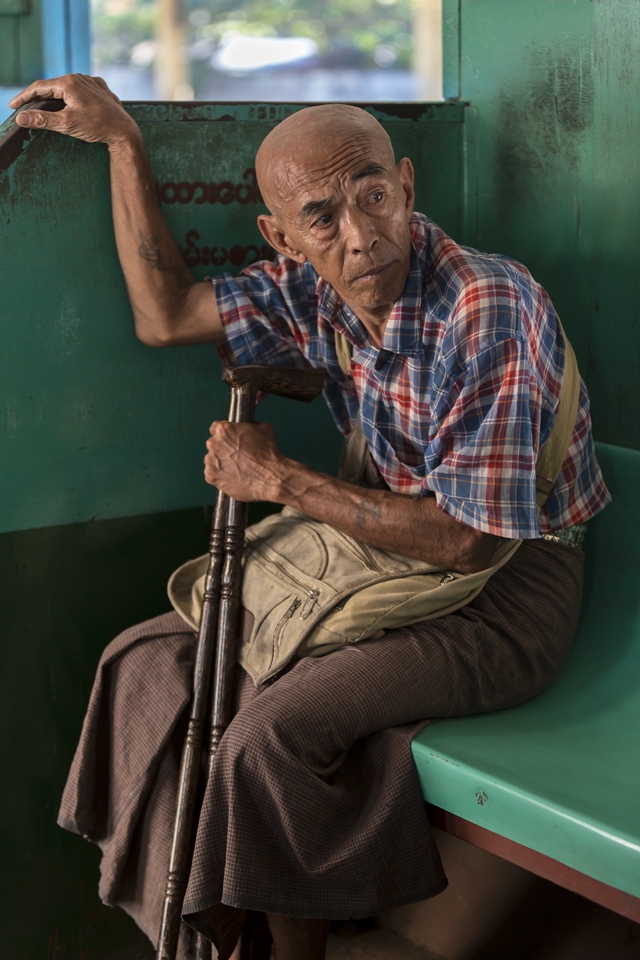
Here’s one that slipped through the net. It was taken on the circular train in Yangon, Myanmar, a few months back.
I’m heading down the coast tomorrow to Hua Hin and Pranburi to learn about reforestation within the Kui Buri National Park. I look forward to posting images early next week.
Comment » | people, places, Travel
November 1st, 2012 — 5:51am
I’m pleased to be able to tell you that ‘Enchanting Myanmar’ is out now in Asia Books and all good bookshops in Thailand. You can also order on Amazon. I am very happy with this one and consider it to be the best in the series so far. And of course it is being released at an exciting time for the country and for travellers. We’ll be holding a book launch in Yangon in late November.
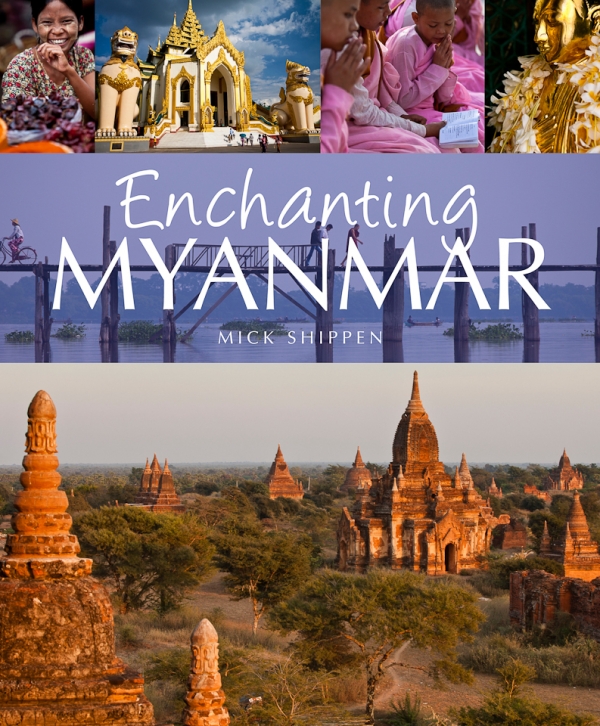
Here’s a quick preview:
In 1898, in “Letters from the East” Rudyard Kipling, recounting his journey by steamer sailing up the Irrawaddy Delta to Rangoon, wrote “Then, a golden mystery upheaved itself on the horizon…a shape that was neither Muslim dome nor Hindu temple spire…the golden dome said: “This is Burma, and it will be quite unlike any land you know about.” The celebrated English novelist and poet was describing his first view of one of the region’s most sacred Buddhist sites and a highlight of any visit to the country, the Shwedagon Paya, a magnificent 99-m (325-ft) gilded stupa crowning Singuttara Hill.
Today, over a century since Kipling’s observations, the country now known as Myanmar is the last frontier of discovery for cultural travellers in South-East Asia. An intriguing land of shimmering temple spires and archaeological wonders, extraordinary ethnic diversity, astonishing natural beauty, and warm and welcoming people, this ‘golden land’ still remains unlike any other.
The gateway to Myanmar is the former capital, Yangon (known to the British as Rangoon). Here, the faded glory of imposing British architecture garners the admiration of visitors but is also a pertinent reminder of a more enduring colonial-era legacy – a turbulent history. Yet the youthful population now looks forward and on the city’s bustling streets there is a palpable sense of optimism. Today’s Yangon is a city of contrast. Buildings of red-brick and crumbling stucco are fronted by billboards advertising the latest ‘must-have’ gadgets while Buddhist mantras of non-attachment are whispered within the confines of sacred temples; muscular SUVs with blacked-out windows roll past ageing trishaws laden with smiling ladies cradling fresh produce from the market; street vendors sell posters of Aung San and his daughter Aung San Suu Kyi while rhetoric in the state newspaper, The New Light of Myanmar, declares the ‘people’s desires’. Unchanged yet looking to the future, chaotic with pockets of calm, deeply complex yet often starkly black and white, Yangon’s heady cocktail is as refreshing as it is intoxicating.
Comment » | places, Travel, uncategorised
March 3rd, 2012 — 11:58am
Fringed by gently swaying coconut palms, Ngapali Beach is an idyllic three-kilometre stretch of white sand lapped by the clear waters of the Bay of Bengal. Just 45 minutes flying time from Yangon, the area is quickly attracting developers keen to exploit its natural beauty. Visitors can enjoy lazy days on the beach, snorkelling trips, watch fishermen land their catch at daybreak, and tuck into delicious seafood in the restaurants on the beach road.
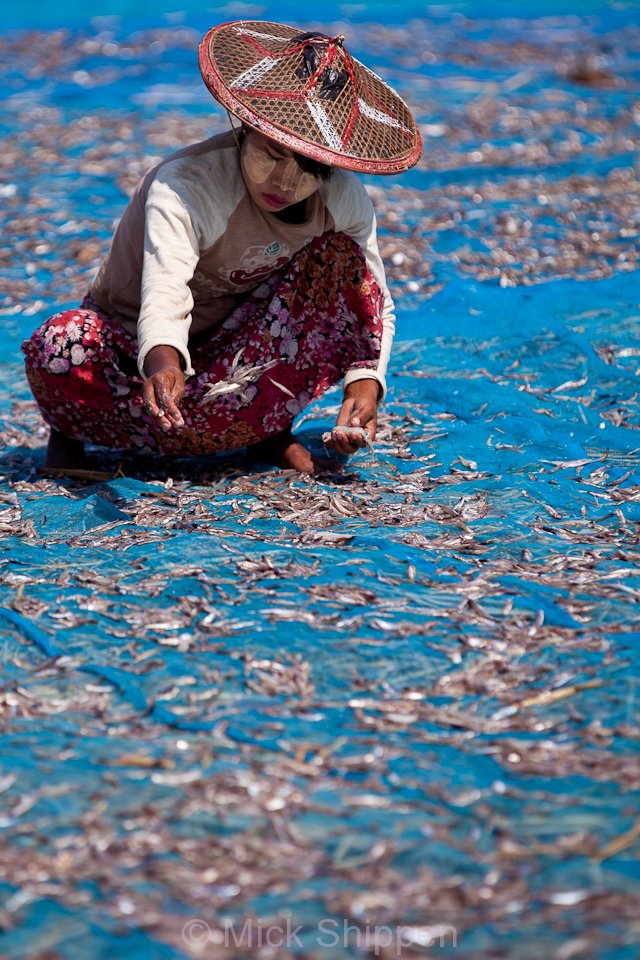
One of the great things about Ngapali Beach at the moment is that it’s still a working beach. Fishing boats anchor off the shoreline throughout the day, heading out to sea at around 5 pm and returning at daybreak.
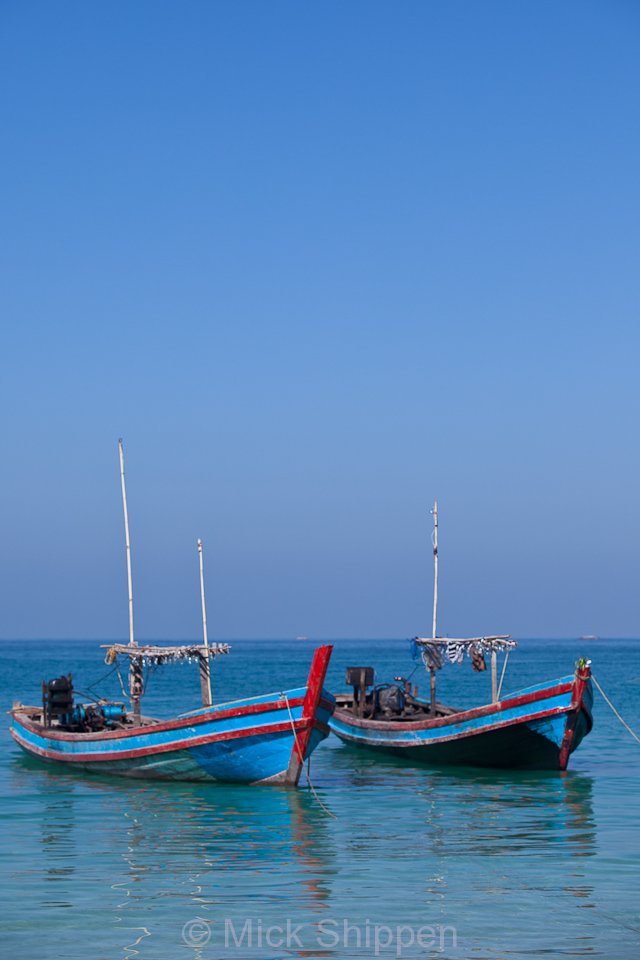
The catch is mostly tiny fish which are laid out on sheets of bright blue netting to dry in the sun. A few mackerel, barracuda, and squid are also landed. I’m not usually a big fan of beach break, preferring instead to head for the hills on a dirt bike when I need to unwind, but at this moment in time I love Ngapali. That could soon change though as it is about to experience a huge boom in development and tourist arrivals. I fear the fishermen and their families who live here will be booted off to make way for resorts and sun loungers will replace the daily catch. Despite the fact that I’d hate to see the beach lined with resorts, the possible silver lining is that some of the teenagers will be able to find employment within the tourism industry.

The fisherman already say they are experiencing reduced catches and cannot make enough money to sustain themselves throughout the year.
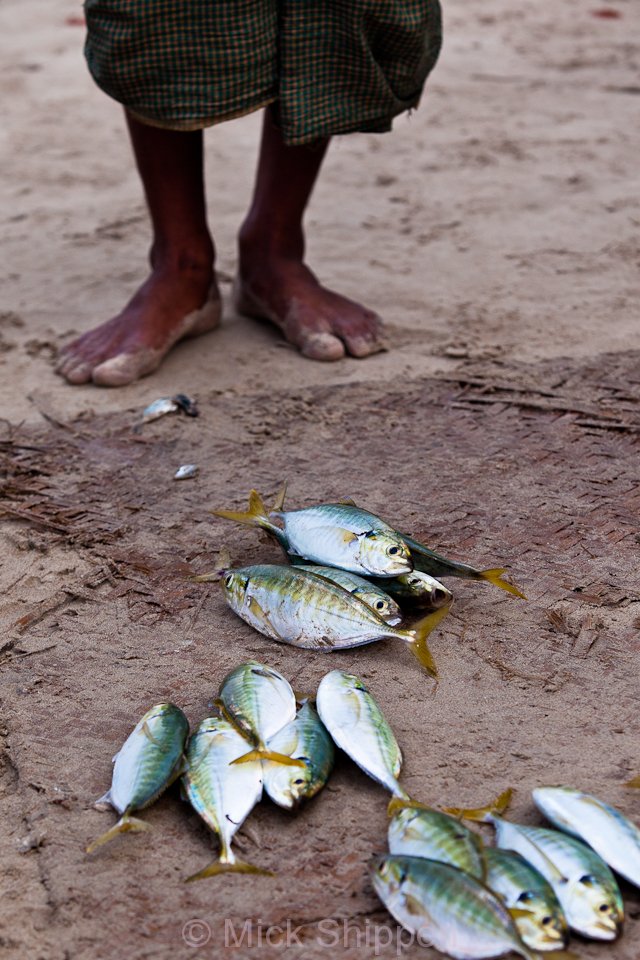
Comment » | Travel
February 24th, 2012 — 2:40pm
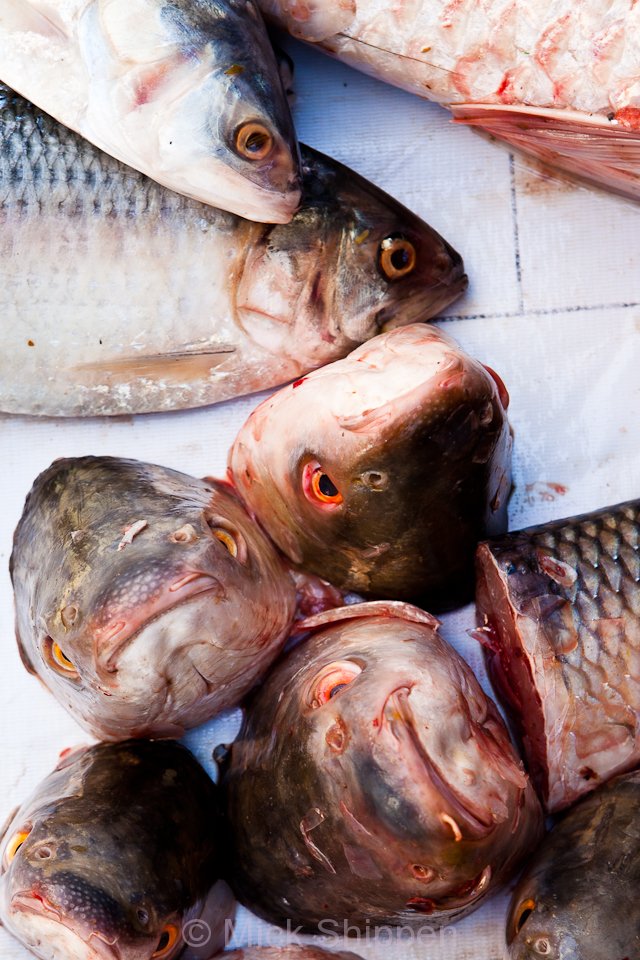
Sometimes I think given half the chance I would simply hang out in the fresh markets of South East Asia and let my photography focus on the details. You may recall that I touched on this topic before when I visited Cambodia last year in the post Finding Beauty in Detail. Alas, magazine editors seem less enthusiastic about an old rice sack covered in fish heads than they should be. But what the hell.
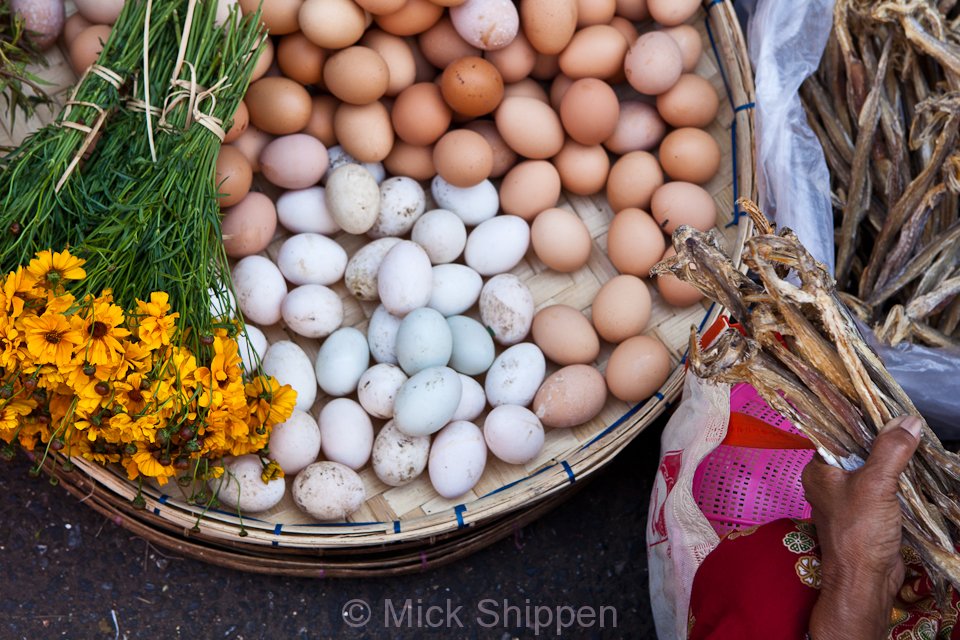
This handful of images is from my recent visit to Myanmar. Wandering around the street markets in Yangon is like walking into a painting, a canvas brushed with colours from Gauguin’s palette and more than a touch of Dali’s surrealism.
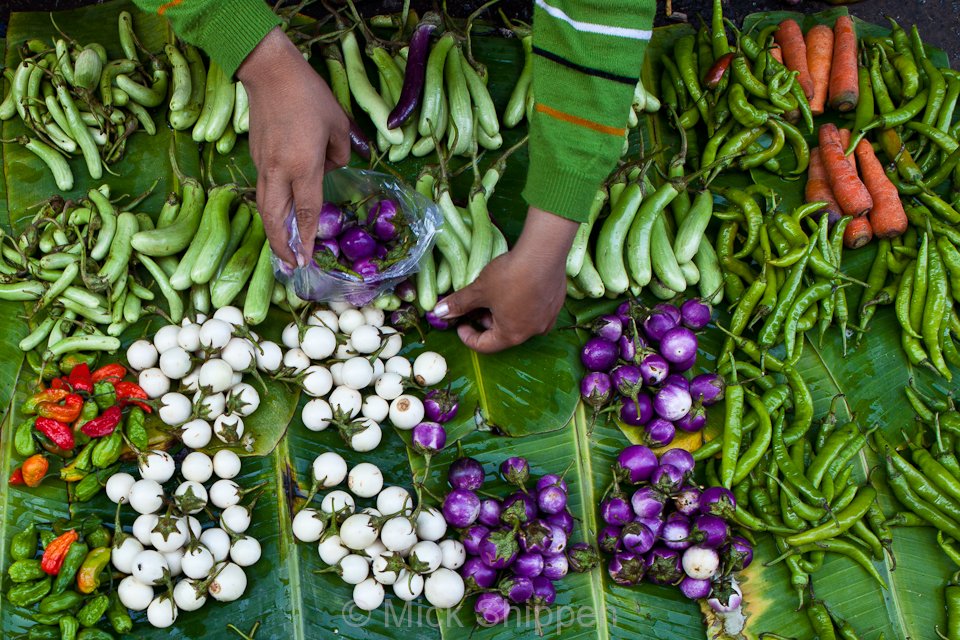
Speaking of Cambodia, following the succes of ‘Enchanting Cambodia’ it seems like a second book on the country is in the pipeline. This time, with a more comphrensive text and more photos so I expect to be spending a considerable amount of time there this year.
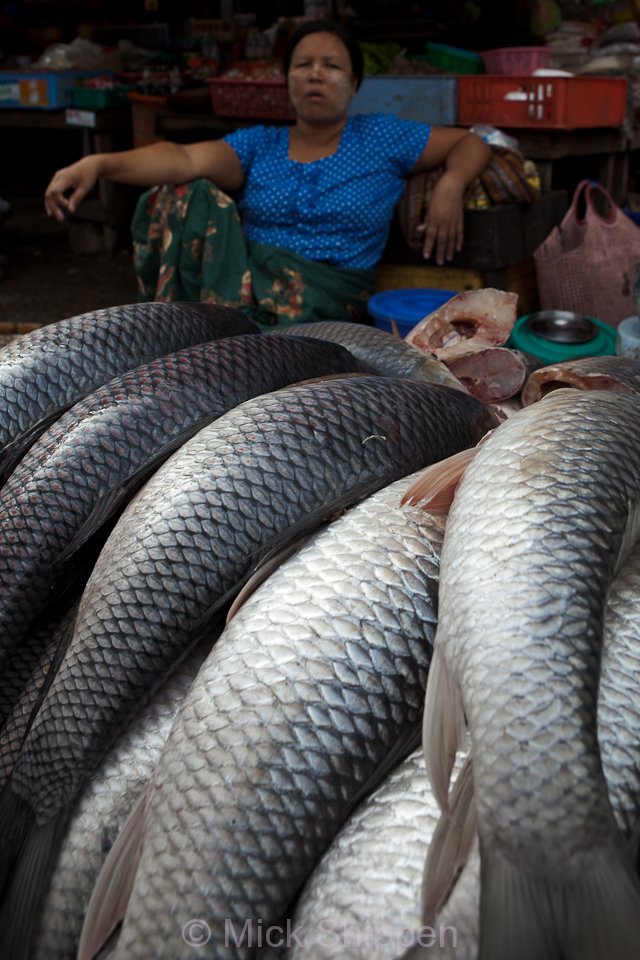
Comment » | Travel
February 23rd, 2012 — 10:53am
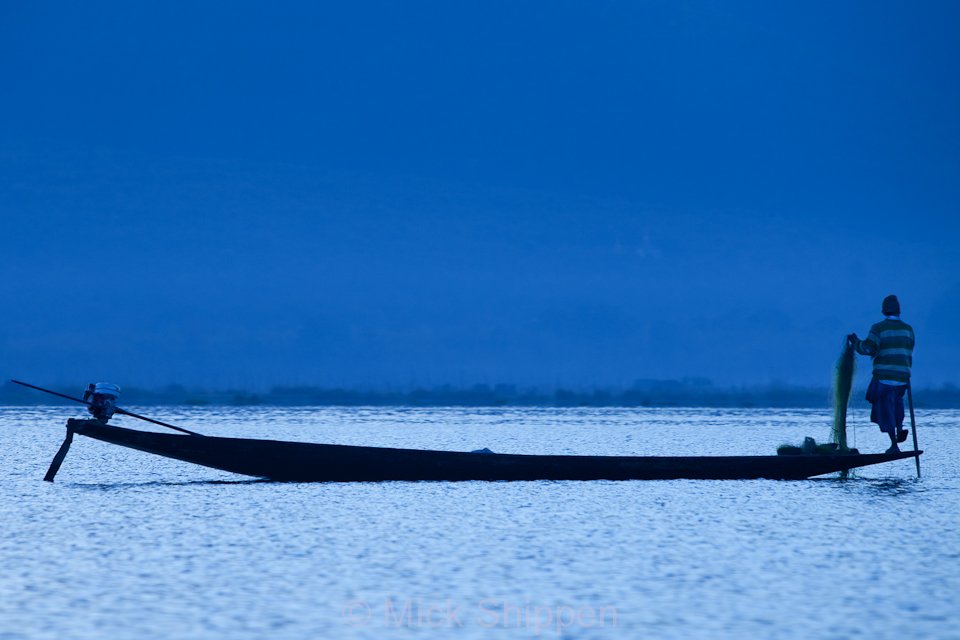
Inle Lake has long been on the itinerary of adventurous travellers and those who quite rightly ignored the calls to stay away from Myanmar. Now of course, with a thaw in international relations, it is one of the country’s top 5 destinations and has quickly seen an increase in visitor numbers. As with all tourism this is of course good and bad but I’m not going to touch on those issues here. This is a primarily photo-blog after all.
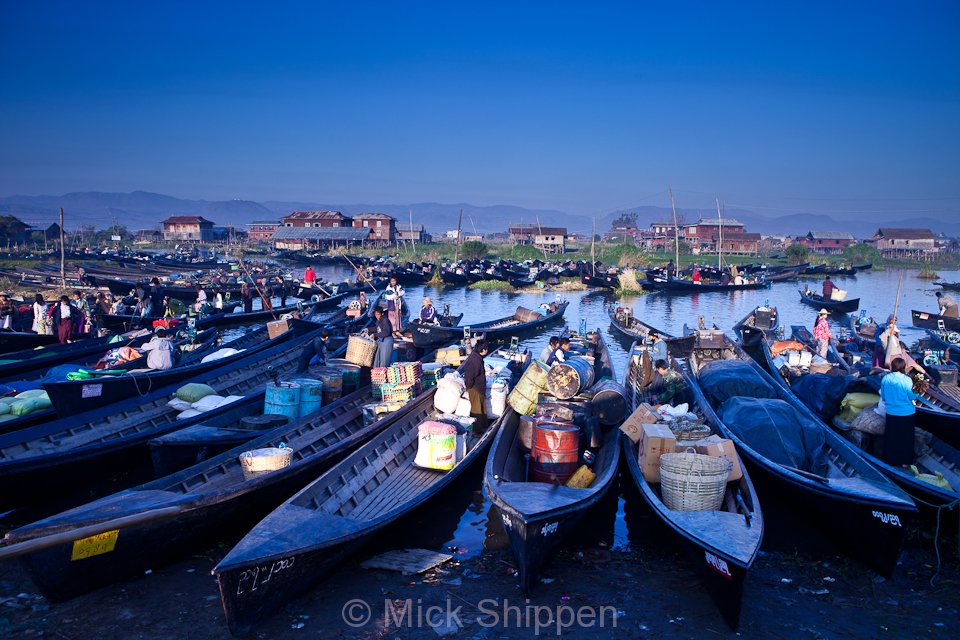
As numbers on the lake increase, it’s a must for photographers to rise early – but then when hasn’t that been the key to better photography. As the British landscape photographer David Noton says, ‘the great thing about photography is that it forces you to be in the best place at the best time of day.’ On Inle Lake this is the crack of dawn when locals head to the market which moves from village to village on a 5 day cycle. Fortunately most tour groups prefer a leisurely breakfast and don’t get out and about until the best light has faded, leaving the markets free of the hoards during the early hours. It’s just me, the market traders…and other photographers ignoring my smile and morning greetings. But you know how most of them are…I must have interupted their Myanmar moment.
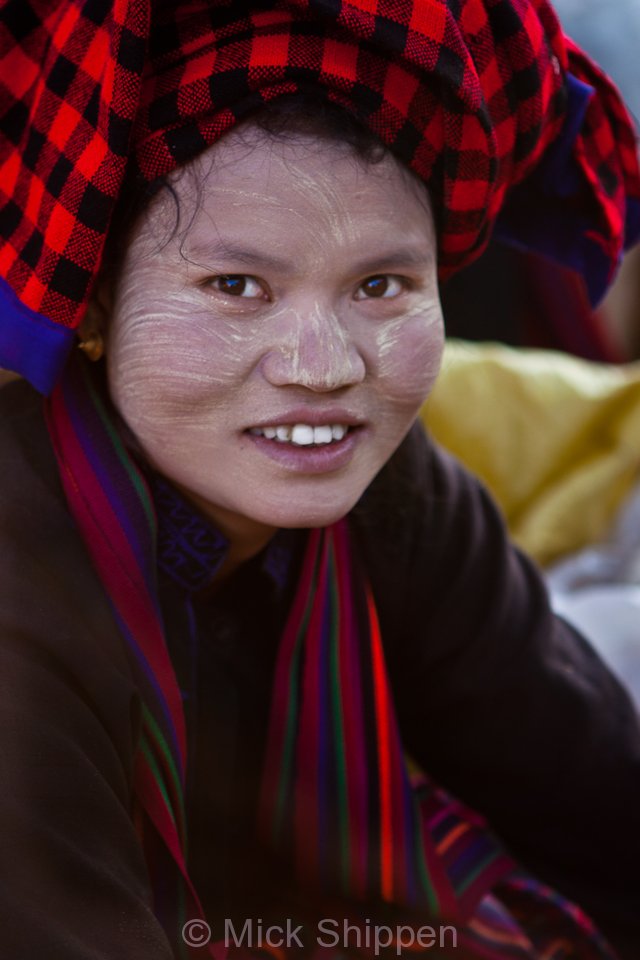
Inle Lake is ringed by mountains inhabited by several different hill tribe groups who come down to the markets to buy and sell. With their chequered headscarves, the beautiful Pa O girls are easy to identify and add flashes of colour to an already vibrant market scene.
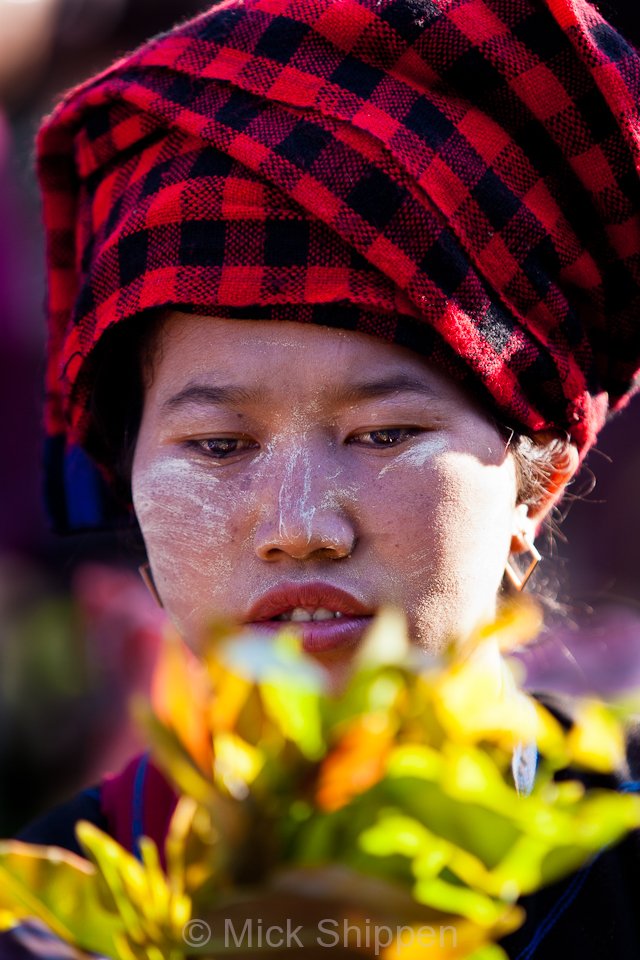
It’s a curious thing but Westerners and others living in a media-merchandised world, who by their very nature are vocal about the rights of the individual and self-expression, are intrigued by the group identity and strong sense of community of hill tribes. Spend any time around ethnic minorities and it’s easy to feel that in our self-obsessed lives we have lost a great deal.
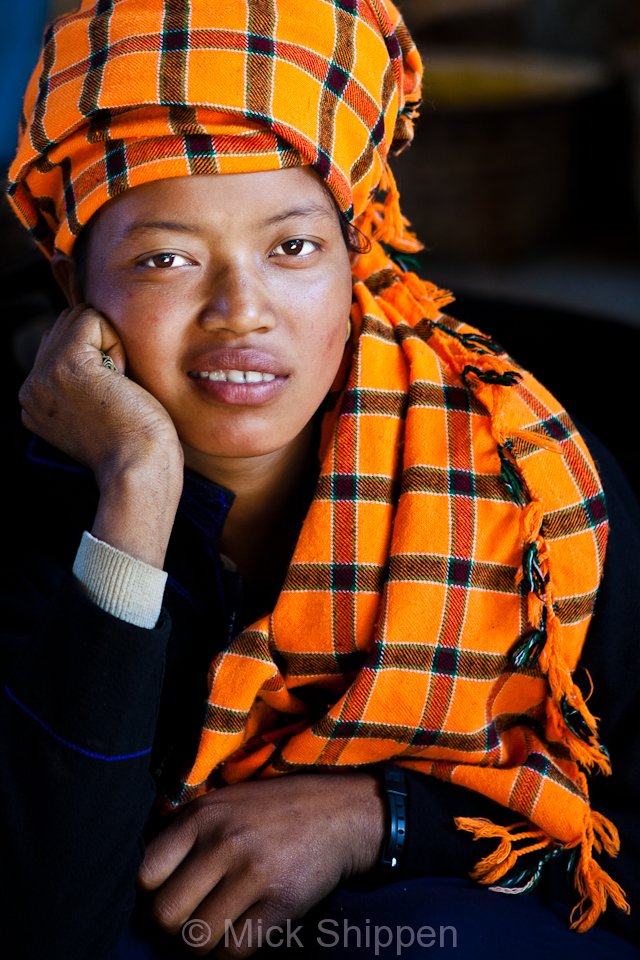
The markets are actually quite difficult to shoot as they a extremely busy and with a lot of contrast with people sitting half in shade and half in full sunlight. Nevertheless, there are opportunities for some good portraits. I’m already looking forward to a return visit.
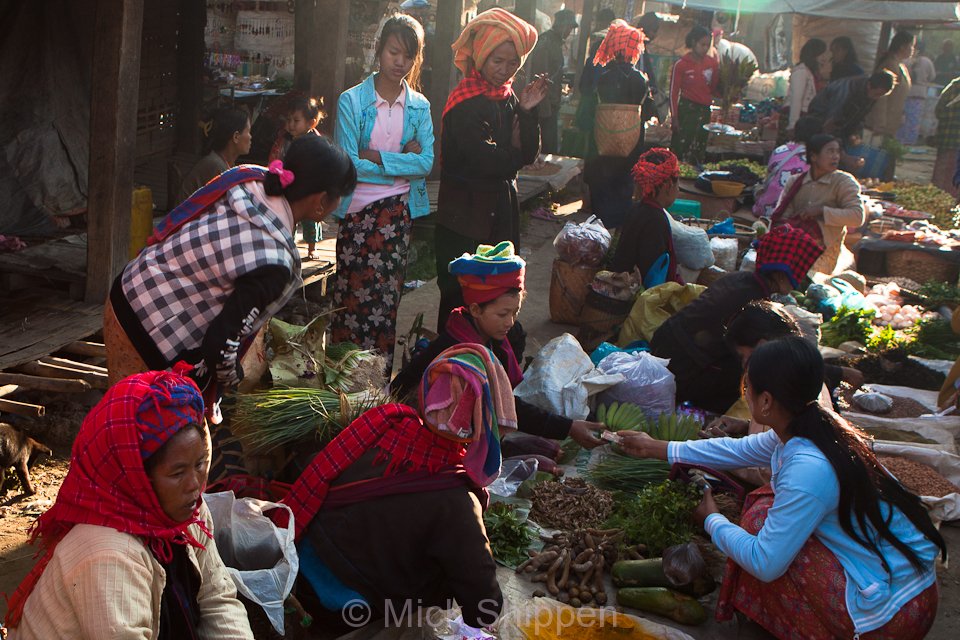
Comment » | Travel
February 21st, 2012 — 5:13pm
Once again, posts have been few and far between over the last month. What can I say? I’m a busy man. I’ve just submitted the text for the forthcoming ‘Enchanting Myanmar’ book which should be out in October. I currently editing and selecting photographs, a long and laborious task.

Anyway, here’re a few snaps from Inle Lake, one of Myanmar’s most popular tourist destinations. Located 35 kilometres from the town of Heho in the Shan State, the shallow lake covers over 110 square kilometres and is surrounded by villages inhabited by Intha, Shan and other ethnic groups and hill tribes including Pa O and Padaung.
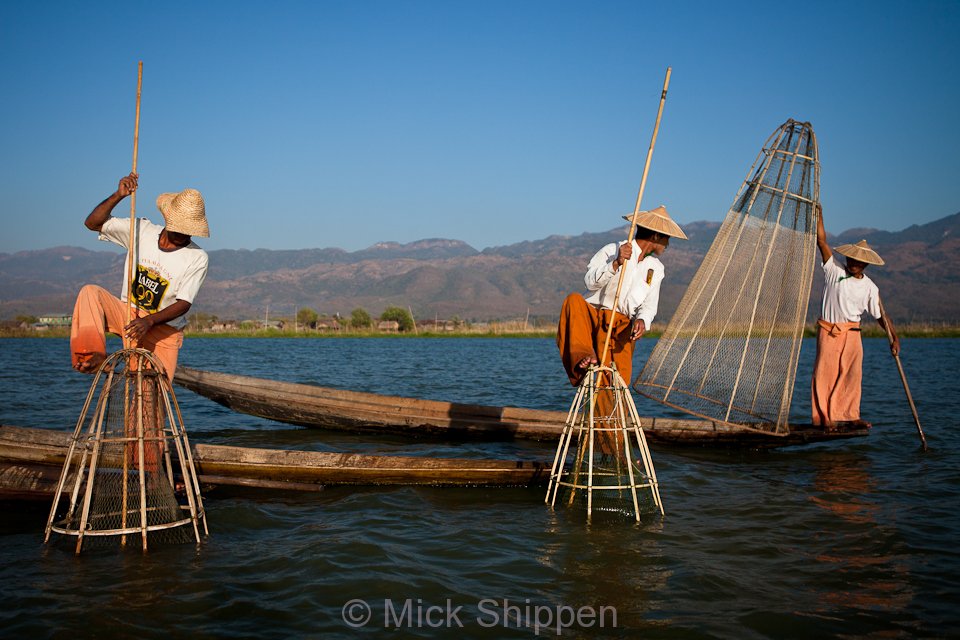
Most visitors stay on stilted resorts over the water and around the edge of the lake, and make excursions by boat to colourful morning markets in nearby villages.
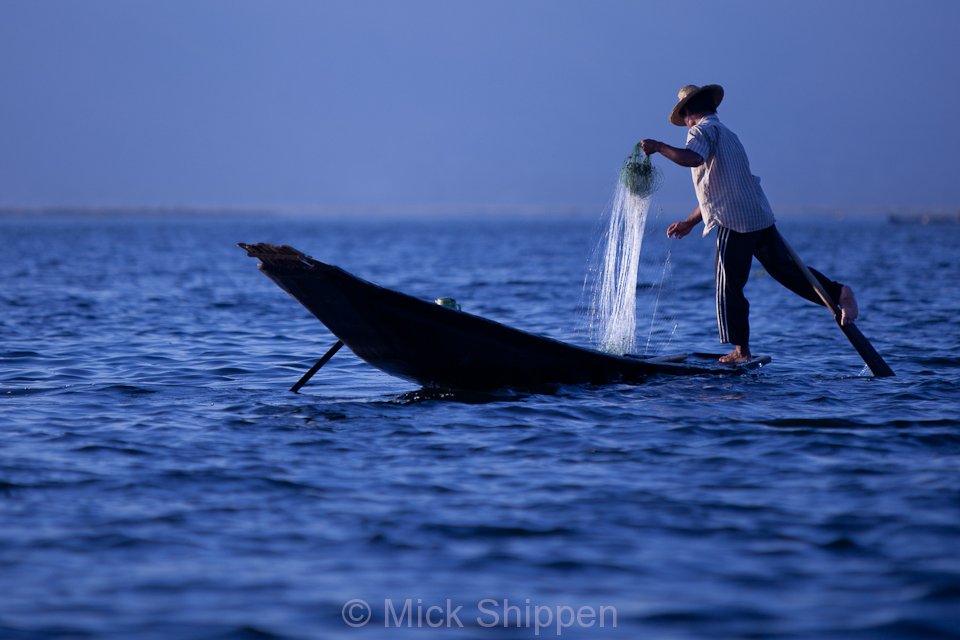
One of the curiosities of the lake is the leg rowing fishermen who also use large conical baskets to catch fish. Bobbing around in another boat, it’s a challenge to capture good shots but these do the job.
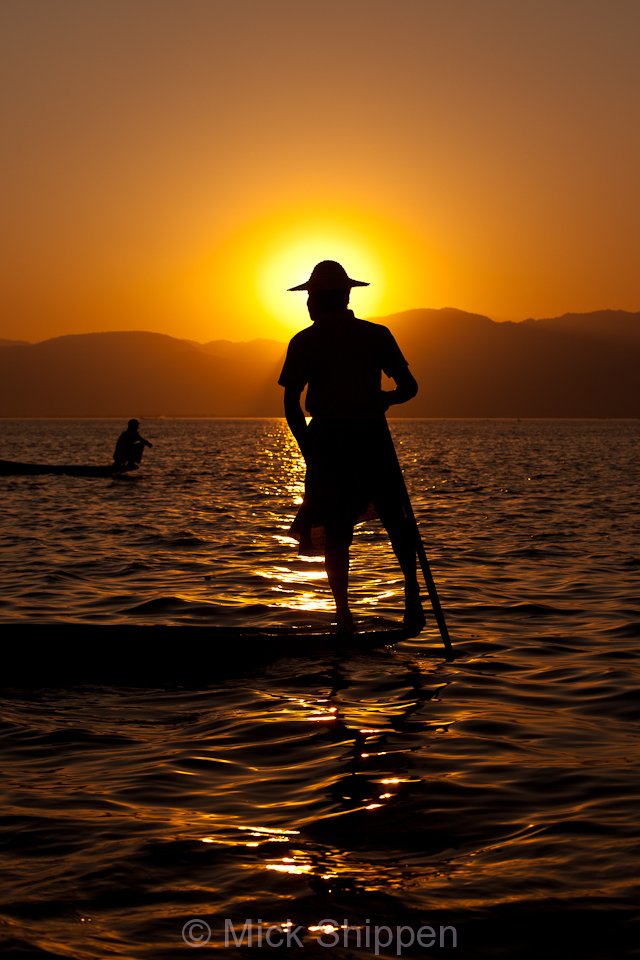
There’s a few more in the Myanmar Gallery.
Comment » | Travel


































